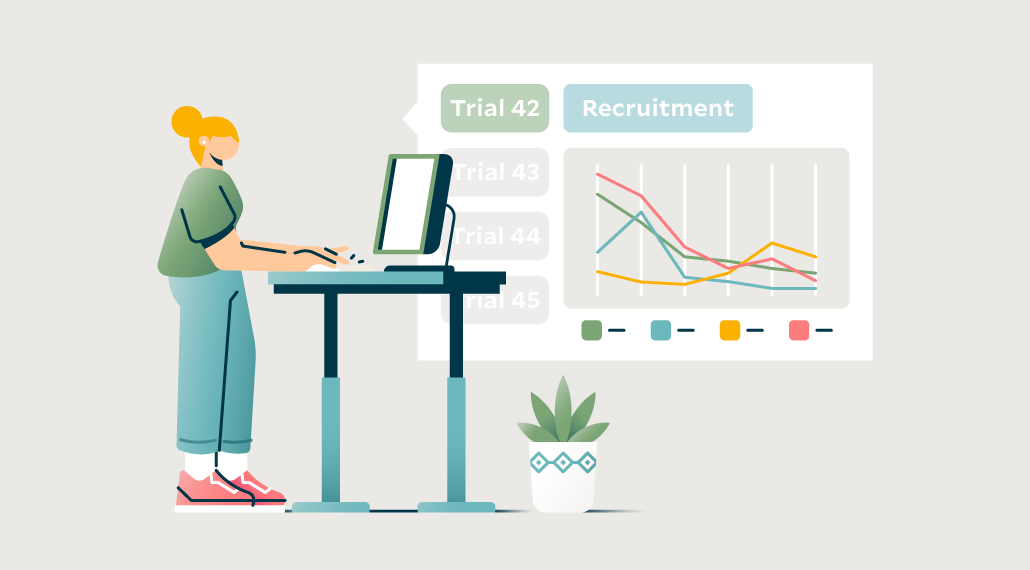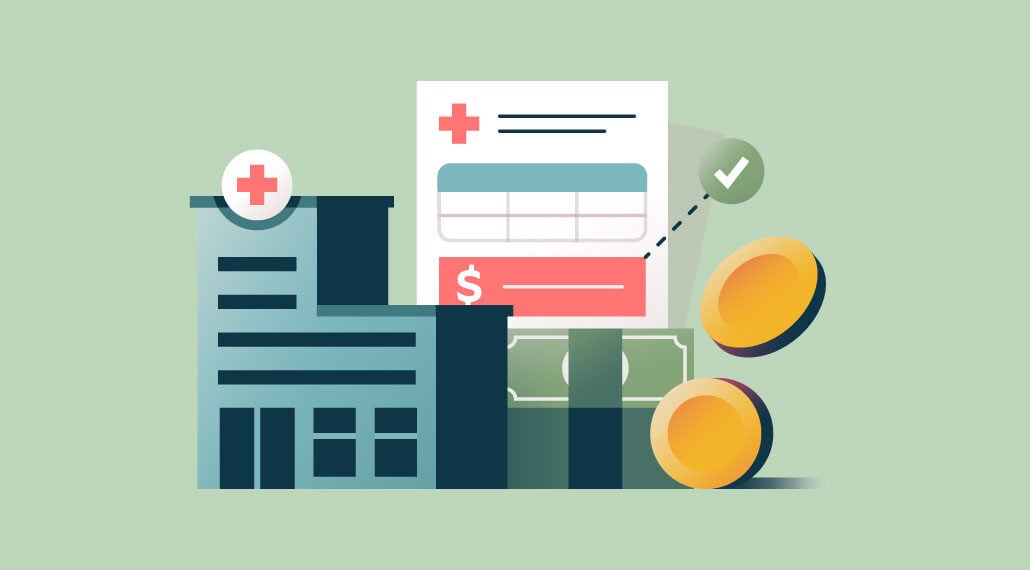January 9th, 2023
4 Steps in the Clinical Trial Screening Process to Know About as a Breast Cancer Patient
By Emily Jordan, Senior Director of Sponsor Transformation at OneStudyTeam

By: Emily Jordan, director of Trial Design at OneStudyTeam and former breast cancer clinical research coordinator
Hundreds of breast cancer clinical trials are recruiting patients in the U.S. As a patient, you can connect with a clinical trial in several ways.
At a large academic center with a robust research program, it is not uncommon for breast oncologists to be principal investigators, or the leading physicians, in a clinical trial. They may meet a new patient and automatically consider whether there is a research opportunity for this patient, while also exploring standard of care options that are available to them.
It is also common for patients to reach out to a clinical trial site on their own, when they don’t have clinical trials available to them where they are. Many times, these patients have exhausted their standard of care treatment options and are not seeing improvement, or they are just interested in considering other treatment options.
Once a patient decides to participate in a clinical trial, they need to first move through screening. Based on health-related and demographic criteria, the clinical trial screening process involves a physical exam as well as lab tests and other trial-specific screening evaluations. Screening determines whether the patient meets the right criteria to enroll in the trial.
It is important for a patient to know the steps in the clinical trial screening process. Trial participation is often very time-intensive and procedure-intensive, which starts with screening. Being aware of the commitment and everything it entails helps patients make the right decision for them. Here are four steps in the clinical trial screening process for breast cancer patients to know about.
(1) Pre-screening
Pre-screening occurs before the screening period in clinical trials. Pre-screening is the step that comes before a patient signs a consent form to participate in a trial. The clinical research coordinator, who is the main point of contact for a clinical trial, may review charts and ask a series of questions by phone. These questions are based on inclusion/exclusion criteria, which a patient must fit in order to be eligible to participate in the trial. The patient needs to meet inclusion criteria–like age range and diagnosis–and not meet exclusion criteria–like prior treatments or comorbidities.
At this point, the study team wants to determine if the patient preliminarily appears to be eligible for participation, if they have the right diagnosis, and if it is therefore worthwhile for them to go through the entire screening process.
(2) Informed consent
Patients must sign an informed consent form before they start any true screening, beyond basic pre-screening questions. Patients will meet with the principal investigator before signing this form.
The basic elements of every informed consent form in the U.S. are determined by the Food and Drug Administration. Clinical trial teams are required to provide all information about a study's purpose, treatment details, possible discomforts and risks, and clarification that this is voluntary participation—the patient can end their participation at any point.
These can be emotional conversations for breast oncology patients because the site team reads through the form verbatim. The consent forms can sometimes be up to 20 pages long, so teams want to make sure full comprehension is there—what is expected, what is possible. Sometimes three or four pages detail the possible side effects. There is also a chance a patient will be randomized to receive the standard of care therapy instead of the new therapy, which helps research teams compare the separate treatments but can be a challenging realization for patients.
But the informed consent step is a slow and deliberate process. The clinical research coordinator and principal investigator make sure the patient is comfortable with the decision they’re making. Ultimately, participation is the patient’s choice.
(3) Testing: Physical exam, medical history review, lab tests, and diagnostic tests
In an oncology trial, especially one focused on later stage breast cancer, the research team generally tries to do as many of the procedures as possible in one clinic visit: labs, diagnostic tests, and a physical exam.
While the pre-screening step starts to assess whether the patient meets the inclusion/exclusion criteria required for participation, the screening visit in clinical trials goes deeper in order to finalize that eligibility.
The inclusion/exclusion criteria depend on the therapy being tested and the variation of breast cancer, but some common criteria could include:
- Lesion size: this could be important if the team needs to be able to measure a lesion in order to determine if the therapy is helping the lesion shrink.
- Stage of cancer and location of metastases.
- Receptor status: a lot of therapies are targeting certain receptors.
- Number of prior lines of treatment: the trial could be focused on offering the first line of treatment for newly-diagnosed patients, or it could be testing a therapy intended for patients who have not responded to other treatments.
A good thing to remember during the screening visit in clinical trials is that inclusion/exclusion criteria are strict and specific for a reason. They are designed to protect patients, because at this point, the team doesn’t know enough about the medication for it to be approved broadly. The criteria also ensure teams get the right data for the right patient population, so research teams have a stronger chance at getting a medication approved.
Because of this, it is helpful for patients to know that there is no guarantee they will be eligible to participate in a clinical trial. They should also understand that failure to meet criteria can be disappointing. For a newly diagnosed patient with an early stage of cancer, there may still be a lot of standard of care treatment options even if they don’t qualify for the trial, but it can still be difficult to have one option close to them.
For patients who have exhausted every option, it can be devastating to not qualify for a clinical trial. That is why it is so important for patients to know that consenting to screening means they will go through the process with potential for eligibility, but with no guarantee.
(4) Rescreening
Whether or not patients will have an opportunity to repeat or delay any steps in the screening process is dependent on the protocol. A patient may need to stop taking a medication that requires a washout period, for example. That person might then be allowed to continue the screening process once that period has ended.
Some protocols will allow people to repeat certain screening activities as well. Maybe their glucose test is out of eligibility range, and they need to get their labs redone the next day to confirm that they are in range.
Once a patient successfully completes the screening period in clinical trials, they are enrolled.
Once the patient successfully completes the screening process and the study team confirms they have met all of the inclusion/exclusion criteria, the patient can enroll in the trial and begin receiving the investigational therapy.
The hope is that participation in breast cancer clinical trials supports patients on their cancer journey, and that it also provides valuable data about the efficacy and safety of therapies. The ultimate goal is to get therapies approved for use by even bigger populations of patients who need them, too.
Related Posts

How Does a Trial Manager in Greece Improve Clinical Trial Operations with StudyTeam®?
Dimitris Tziogas, local trial manager at a biotechnology company in ...
Read More
How to Address Key Clinical Trial Challenges, According to Clinresco Centres in South Africa
There’s no single solution to overcoming a research site’s specific ...
Read More
3 Clinical Trial Billing Challenges Research Sites Solve with StudyTeam
Challenge 1: Complicated coverage analysis Challenge 2: Tedious budgeting ...
Read More

.png?width=64&name=OST%20Transparent%20(1).png)